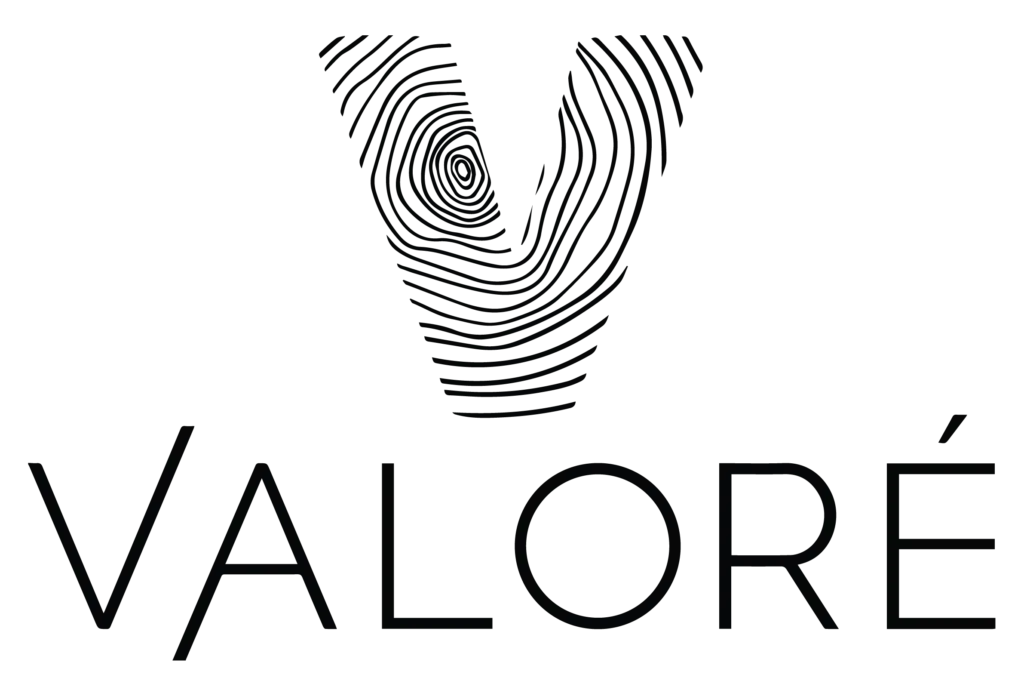The multifamily market is undergoing a swift transformation as digital products and services take center stage. With increasing demand for apartment homes and escalating rents, there has been consistent industry growth across major U.S. cities. Now more than ever, residents seek technologically advanced, connected homes. Properties lacking in the tech sphere might struggle to garner interest from prospective renters.
The Covid-19 pandemic has further accelerated the work-from-home trend, increasing the desire for smart homes equipped with connected devices and high-speed internet. Properties highlighting these features are likely to draw greater attention.
The advent of the Internet has fundamentally changed how people interact with and manage their homes and businesses. The revolution of controlling devices remotely via mobile apps has significantly improved the living and resident experience.
Smart devices like meters, thermostats, and automated lights are now mainstream, with over 70% of renters owning at least one smart device. This shift towards a digitally controlled resident experience involving chatbots, automated customer service, and apartment mobile apps has necessitated the inclusion of such features in apartment community operations and renovations. Remaining up-to-date with technology trends could translate to higher occupancy, increased rents, and reduced turnover for properties.
Smart technology and automation form a mutually complementary pair. Automation centralizes an apartment’s mechanical, electrical, and access systems, with smart technology enabling the remote control of lighting, HVAC, and door access systems. This connectivity has significantly enhanced operational efficiency.
Mobile applications have made maintenance automation more accessible. Technicians can now view, monitor, and control various systems through an app, fostering the digital transformation within the multifamily sector. Residents can control their apartment settings remotely, adding to the convenience.
The multifamily business has undergone substantial transformation, diverging from the conventional models of the past. The sector stands poised to fully embrace technology and automation, offering benefits to owners, renters, and employees.
Studying analytics can empower owners to predict future occupancy, estimate utility bills usage, and anticipate purchasing trends. Such insights are invaluable for planning projects and accurately forecasting budgets.
The increasing use of drones for marketing and building inspections, and the emergence of virtual reality for property tours, are other noteworthy developments. These technologies save time and resources for managers and leasing staff while making properties more appealing.
A 2017 survey revealed that 86% of Millennials, and surprisingly, 65% of Baby Boomers would be willing to pay more for tech gadgets. A subsequent survey suggested that 57% of renters would be comfortable paying up to $20 extra per month for smart locks, thermostats, and security cameras.
In essence, there seems to be minimal downside to enhancing a multifamily property with more technology. Tech giants like Google, Amazon, and to some extent, Facebook, are vying to integrate their services more closely into tenants' lives.
As the late Steve Jobs, co-founder of Apple Inc., once said, “Let’s go invent tomorrow instead of worrying about what happened yesterday.” The multifamily sector is continuously evolving. Keeping abreast of technology trends enhances a resident’s living experience. Indeed, what was once impossible is now commonplace, thanks to technology.
